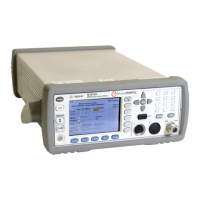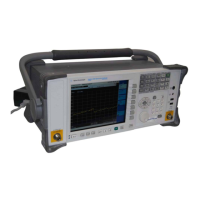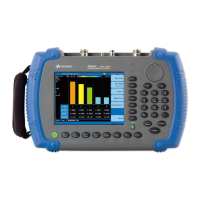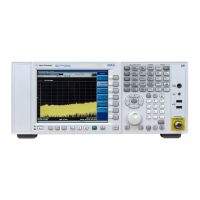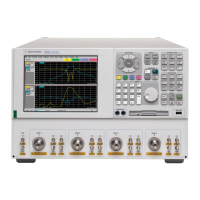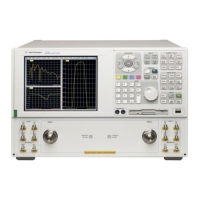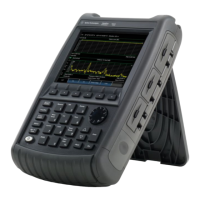Specifications and Characteristics 10
Agilent N1913/1914A EPM Series Power Meters User’s Guide 225
N8486A R (exclude Option CFT)
4
<±3 nW <80 nW
N8486A Q (exclude Option CFT)
4
<±3 nW <80 nW
N8487A (exclude Option CFT)
4
<±3 nW <80 nW
N8488A (exclude Option CFT)
4
<±3 nW <80 nW
N8481B (exclude Option CFT)
4
<±3 µW <80 µW
N8482B (exclude Option CFT)
4
<±3 µW <80 µW
N8481H (exclude Option CFT)
4
<±0.3 µW <8 µW
N8482H (exclude Option CFT)
4
<±0.3 µW <8 µW
N8481A with Option CFT
4
<±7 nW <114 nW
N8482A with Option CFT
4
<±7 nW <114 nW
N8485A with Option CFT
4
<±7 nW <114 nW
N8486A R with Option CFT
4
<±7 nW <114 nW
N8486A Q with Option CFT
4
<±7 nW <114 nW
N8487A with Option CFT
4
<±7 nW <114 nW
N8481B with Option CFT
4
<±7 µW <114 µW
N8482B with Option CFT
4
<±7 µW <114 µW
N8481H with Option CFT
4
<±0.7 µW <11.4 µW
N8482H with Option CFT
4
<±0.7 µW <11.4 µW
1 Within one hour after zero set, at a constant temperature, after a 24-hour warm-up of the
power meter.
2 The number of averages at 16 (for normal mode) and 32 (for x2 mode), at a constant tem-
perature, measured over a one minute interval and two standard deviations. For
Agilent E-Series power sensors, the measurement noise is measured within the low range.
Refer to the relevant power sensor manual for further information.
3 Specification applies to the low power path, 15% to 75% relative humidity.
4 The zero drift and measurement noise specifications are tested at 50 MHz.
Power Sensor Zero Drift
1
Measurement Noise
2

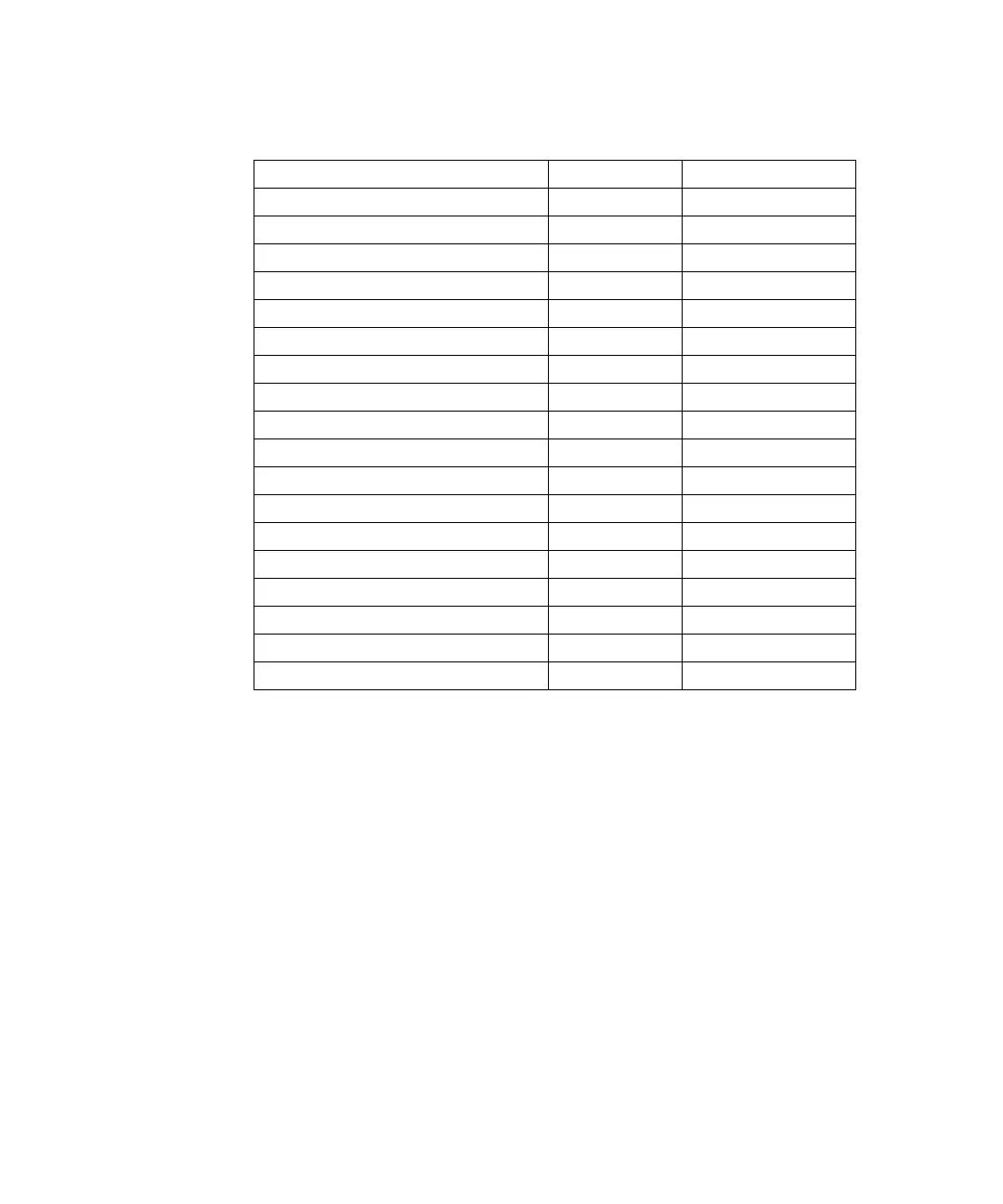